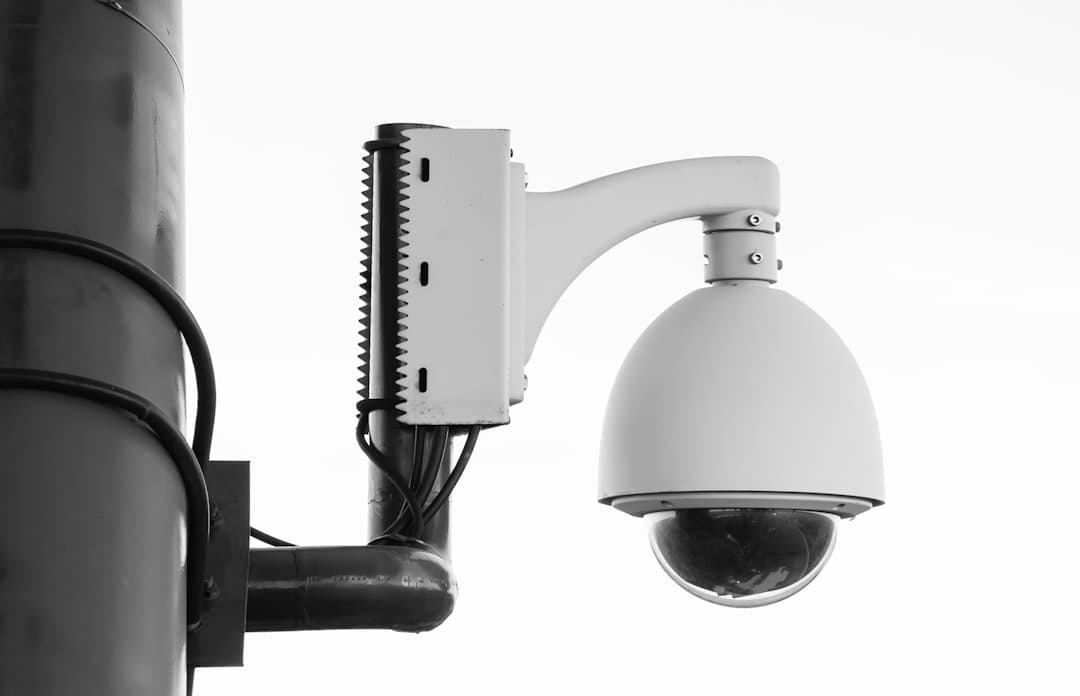Brute force attacks are a common method used by hackers to gain unauthorized access to a system or account. This technique involves systematically attempting every possible combination of passwords until the correct one is found. Hackers employ automated software to rapidly generate and test different password combinations, making it an efficient method for compromising accounts with weak passwords.
Understanding the mechanics of brute force attacks and their associated risks is crucial for effective protection. By comprehending the methods employed by hackers, organizations can better prepare and implement appropriate security measures to prevent unauthorized access. It is essential to recognize indicators of a brute force attack, such as multiple failed login attempts from a single IP address, and take prompt action to mitigate the threat.
Furthermore, it is important to be aware of the potential consequences of a successful brute force attack. Such an attack can lead to unauthorized access to sensitive data, financial losses, and reputational damage for the affected organization. Recognizing these potential impacts enables organizations to prioritize the implementation of robust security measures to safeguard against this type of threat.
Key Takeaways
- Brute force attacks are a common method used by hackers to gain unauthorized access to systems by trying multiple password combinations.
- Strong password policies, including the use of complex and unique passwords, can help prevent brute force attacks and enhance overall security.
- Multi-factor authentication adds an extra layer of security by requiring users to provide multiple forms of verification before accessing an account.
- Account lockout policies can help prevent brute force attacks by locking out user accounts after a certain number of failed login attempts.
- Monitoring and analyzing login attempts can help identify and respond to potential brute force attacks in real-time.
- Regularly updating and patching web applications can help address security vulnerabilities that could be exploited in brute force attacks.
- Educating users on security best practices, such as avoiding password reuse and being cautious of phishing attempts, can help prevent successful brute force attacks.
Implementing Strong Password Policies
One of the most effective ways to prevent brute force attacks is by implementing strong password policies. This includes requiring users to create complex passwords that are difficult for hackers to guess or crack. Strong passwords typically include a combination of uppercase and lowercase letters, numbers, and special characters, and are at least 12 characters long.
By implementing strong password policies, organizations can significantly reduce the risk of unauthorized access through brute force attacks. Encouraging users to create unique and complex passwords for each account further enhances security measures. Additionally, organizations can enforce regular password changes to further reduce the risk of unauthorized access.
It’s also important for organizations to educate users on the importance of strong password policies and provide guidance on creating secure passwords. By empowering users with the knowledge and tools to create strong passwords, organizations can strengthen their overall security posture and reduce the risk of falling victim to brute force attacks.
Utilizing Multi-Factor Authentication

In addition to strong password policies, multi-factor authentication (MFA) is a powerful tool for preventing unauthorized access through brute force attacks. MFA adds an extra layer of security by requiring users to provide multiple forms of verification before gaining access to an account or system. This typically includes something the user knows (such as a password), something they have (such as a mobile device for receiving a verification code), or something they are (such as a fingerprint or facial recognition).
By utilizing MFA, organizations can significantly reduce the risk of unauthorized access, even if a hacker manages to obtain a user’s password through a brute force attack. MFA adds an additional barrier that makes it much more difficult for hackers to gain access to accounts or systems, thereby enhancing overall security measures. Furthermore, MFA can be implemented across various systems and applications, providing a comprehensive approach to security.
By requiring multiple forms of verification, organizations can ensure that sensitive data and systems are well-protected against brute force attacks and other unauthorized access attempts.
Implementing Account Lockout Policies
| Metrics | Value |
|---|---|
| Number of failed login attempts before lockout | 3 |
| Lockout duration | 30 minutes |
| Reset lockout after | 15 minutes |
| Number of accounts locked out | 10 |
Another effective measure for preventing brute force attacks is implementing account lockout policies. This involves automatically locking out user accounts after a certain number of failed login attempts, thereby preventing hackers from continuously attempting different password combinations. By implementing account lockout policies, organizations can significantly reduce the risk of unauthorized access through brute force attacks.
This measure acts as a deterrent for hackers and limits their ability to repeatedly attempt different password combinations, ultimately enhancing overall security measures. It’s important for organizations to carefully consider the parameters for account lockout policies, such as the number of allowed login attempts and the duration of the lockout period. Striking a balance between security and user convenience is crucial to ensure that legitimate users are not unfairly locked out of their accounts while still protecting against unauthorized access.
Monitoring and Analyzing Login Attempts
Monitoring and analyzing login attempts is essential for detecting and mitigating potential brute force attacks. By closely monitoring login activity, organizations can identify patterns or anomalies that may indicate unauthorized access attempts. This includes tracking failed login attempts, identifying suspicious IP addresses, and monitoring login activity during non-business hours.
By analyzing login attempts, organizations can proactively identify and respond to potential threats before they escalate into successful brute force attacks. This may involve implementing automated alert systems to notify security teams of unusual login activity or leveraging security tools to detect and block suspicious IP addresses. Furthermore, analyzing login attempts provides valuable insights into potential vulnerabilities within the organization’s security infrastructure.
By identifying weak points or areas of concern, organizations can take proactive measures to strengthen security measures and prevent unauthorized access through brute force attacks.
Regularly Updating and Patching Web Applications

Regularly updating and patching web applications is crucial for preventing brute force attacks and other security threats. Outdated or vulnerable applications are often targeted by hackers seeking to exploit known vulnerabilities and gain unauthorized access. By regularly updating and patching web applications, organizations can close potential entry points for brute force attacks and enhance overall security measures.
In addition, organizations should prioritize implementing a robust patch management process to ensure that web applications are consistently updated with the latest security patches. This involves regularly monitoring for new patches and updates, testing them in a controlled environment, and deploying them promptly to minimize the risk of exploitation by hackers. By staying proactive in updating and patching web applications, organizations can significantly reduce the risk of falling victim to brute force attacks and other security threats.
This measure is an essential component of a comprehensive security strategy that aims to protect sensitive data and systems from unauthorized access.
Educating Users on Security Best Practices
Educating users on security best practices is essential for preventing brute force attacks and enhancing overall security measures. Users play a critical role in maintaining a secure environment, and providing them with the knowledge and tools to recognize potential threats is crucial for mitigating risks. Organizations should prioritize ongoing security awareness training for users, covering topics such as creating strong passwords, recognizing phishing attempts, and understanding the risks of unauthorized access.
By empowering users with the knowledge to identify potential threats, organizations can create a culture of security awareness that strengthens overall defenses against brute force attacks. Furthermore, educating users on security best practices fosters a sense of shared responsibility for maintaining a secure environment. By promoting a collaborative approach to security, organizations can leverage the collective efforts of users to identify and mitigate potential threats before they escalate into successful brute force attacks.
In conclusion, preventing brute force attacks requires a multi-faceted approach that encompasses strong password policies, multi-factor authentication, account lockout policies, monitoring and analyzing login attempts, regularly updating and patching web applications, and educating users on security best practices. By implementing these measures in a comprehensive security strategy, organizations can significantly reduce the risk of falling victim to brute force attacks and enhance overall security measures.
If you’re interested in the intersection of technology and security, you may also want to check out this article on blockchain technology and its potential impact on cybersecurity. Blockchain has the potential to revolutionize the way we secure data and authenticate users, making it an important topic for anyone concerned about online security.
FAQs
What is brute force web login?
Brute force web login is a type of cyber attack where an attacker attempts to gain unauthorized access to a web application or system by systematically trying different username and password combinations until the correct one is found.
How does brute force web login work?
In a brute force web login attack, automated software or scripts are used to repeatedly try different combinations of usernames and passwords until the correct credentials are discovered. This process is often done at a rapid pace, making it a common method for gaining unauthorized access to web applications.
What are the risks of brute force web login attacks?
Brute force web login attacks pose a significant security risk to web applications and systems. If successful, attackers can gain access to sensitive information, compromise user accounts, and potentially carry out further malicious activities within the system.
How can organizations protect against brute force web login attacks?
Organizations can protect against brute force web login attacks by implementing strong password policies, using multi-factor authentication, limiting the number of login attempts, and implementing account lockout mechanisms. Additionally, regularly updating and patching web application software can help mitigate the risk of brute force attacks.
What are the legal implications of conducting a brute force web login attack?
Conducting a brute force web login attack is illegal and can result in severe legal consequences. Unauthorized access to computer systems and networks is a violation of various cybercrime laws, and individuals found guilty of such activities can face criminal charges and penalties.











Leave a Reply